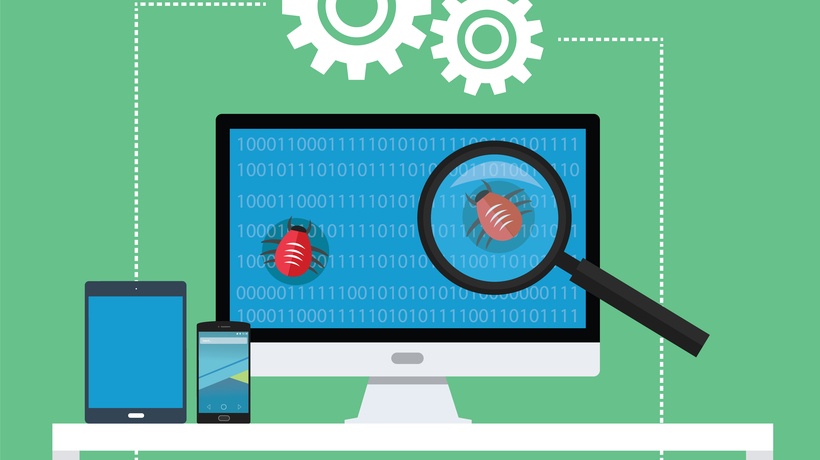Testing In eLearning
Everything from development to testing is being automated, and this is to be expected as the sole purpose of building computers was to automate repetitive jobs that do not need human intelligence. So, it is no wonder that automation will be the ultimate goal.
The software industry largely encompasses new software development and existing software-based development. A huge portion of the second category is eLearning. In eLearning, software technology is used to produce online learning material and its delivery platform, which is popularly known as a Learning Management System or LMS. The development of the LMS, eLearning courses, and the deployment of the courses on the LMS need extensive testing to make sure they function properly. Any glitch in the functionality will render the course useless.
Some of the basic testing required for eLearning are as follows:
- Testing the content presentation such as what appears and how it appears
- Testing the functionality such as interactivities, quizzes, simulations, etc.
- Testing the multi-device compatibility—this has become a critical criterion of late as eLearning courses are being accessed from a wide variety of devices and platforms. We have touchscreen devices, non-touchscreen devices, many browsers, mobile devices, tablets, mobile operating systems like Android and iOS, desktop-based operating systems such as Windows, Linux, and Mac OS. This requires testing on virtual devices as well as on the actual device. This makes the testing process time-consuming and costly.
- Testing the stress/performance capability is absolutely necessary to make sure that the system does not break down when a large number of learners are simultaneously accessing various content.
- Testing the responsiveness of responsive eLearning systems which require content to change very often
- Testing the availability of content at the point of need
- Testing the syncing of video and audio on multiple devices simultaneously
Prospect Of Automation Testing
Testing the various aspects of eLearning courses and platforms needs a great amount of time and manpower cost. The adoption of BYOD (bring your own device) has increased the landscape of mobile devices that any eLearning course and its system must support, thus multiplying the time and cost by the variety of target devices.
Automation testing comes to the rescue here. Let’s first understand what automation testing does. Here multiple test cases are executed simultaneously. The test cases are based on predefined test scripts as per the requirement. These scripts are run through automated functional testing tools. In manual testing, these tests are done by a human by actually running the course. Thus the key difference between manual testing and automation testing is the involvement of humans in executing the test case.
Benefits Of Automated Testing
Like any automation system, the benefits of automated testing are multifold in terms of cost, efficiency, time, and productivity.
- Automated testing is fast as it is run by a machine. Humans cannot do the testing at the speed of machines.
- Automated testing is cost-effective as it can do the work faster.
- Automated testing is effective in the sense that it will not miss any test case, which humans might miss due to the innate nature of human efficiency.
- Automated testing is highly time-efficient and can give the test result quickly for the development team to do the fixes.
With so many benefits of automated testing, the debate starts creeping in on whether manual testing can be completely replaced by automated testing. With the advancement of technology, the capability and range of automated testing are increasing at a rapid pace. AI-powered automated testing systems are quite efficient and smart at testing.
However, there is a big difference between software testing and eLearning testing. The key objective of testing a software application is to ensure that it functions seamlessly, efficiently, and can be used as intended. On the other hand, the most critical objective of testing an eLearning program is to ensure that it is “learnable.” This means the eLearning course must ensure that the audience gets the required learning out of it. This is something no machine can do. This is still very human in nature.
Apart from this, another key aspect that automated testing cannot do is usability testing or UAT testing. This is highly dependent on human interaction, and the automation scripts are simply not capable of carrying out such tests, at least not in the near future.
To Automate Or Not To Automate
This question drills down to our objective in testing. As mentioned earlier, many aspects of software functionality testing can be automated with great benefits. However, there are softer aspects of eLearning that need human intervention. The key is to strike the right balance between automation and manual testing.
